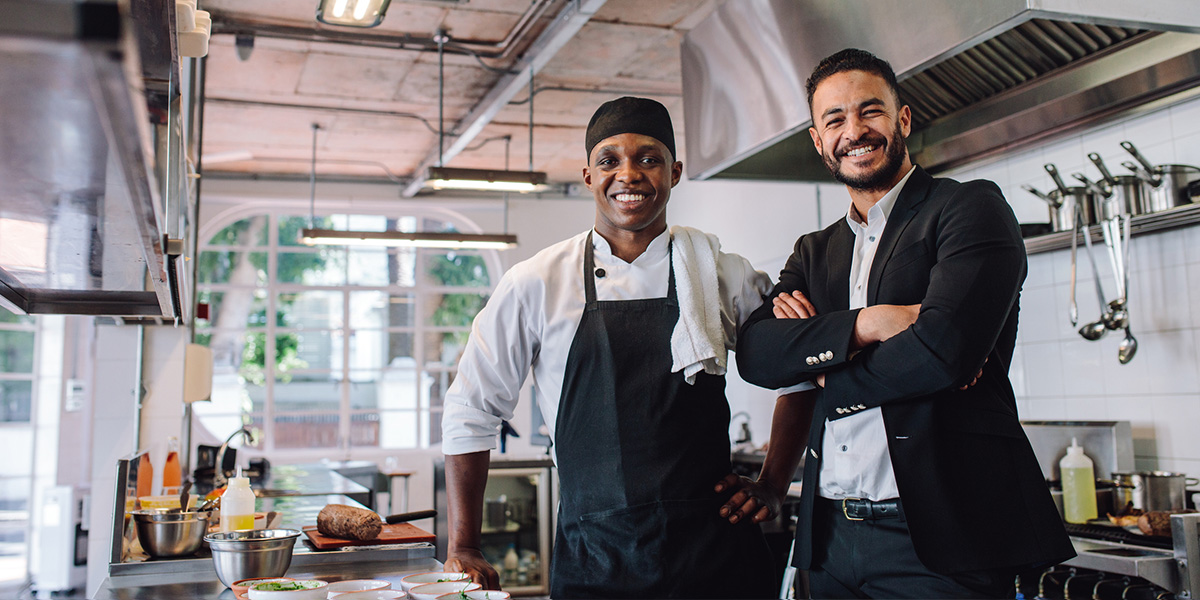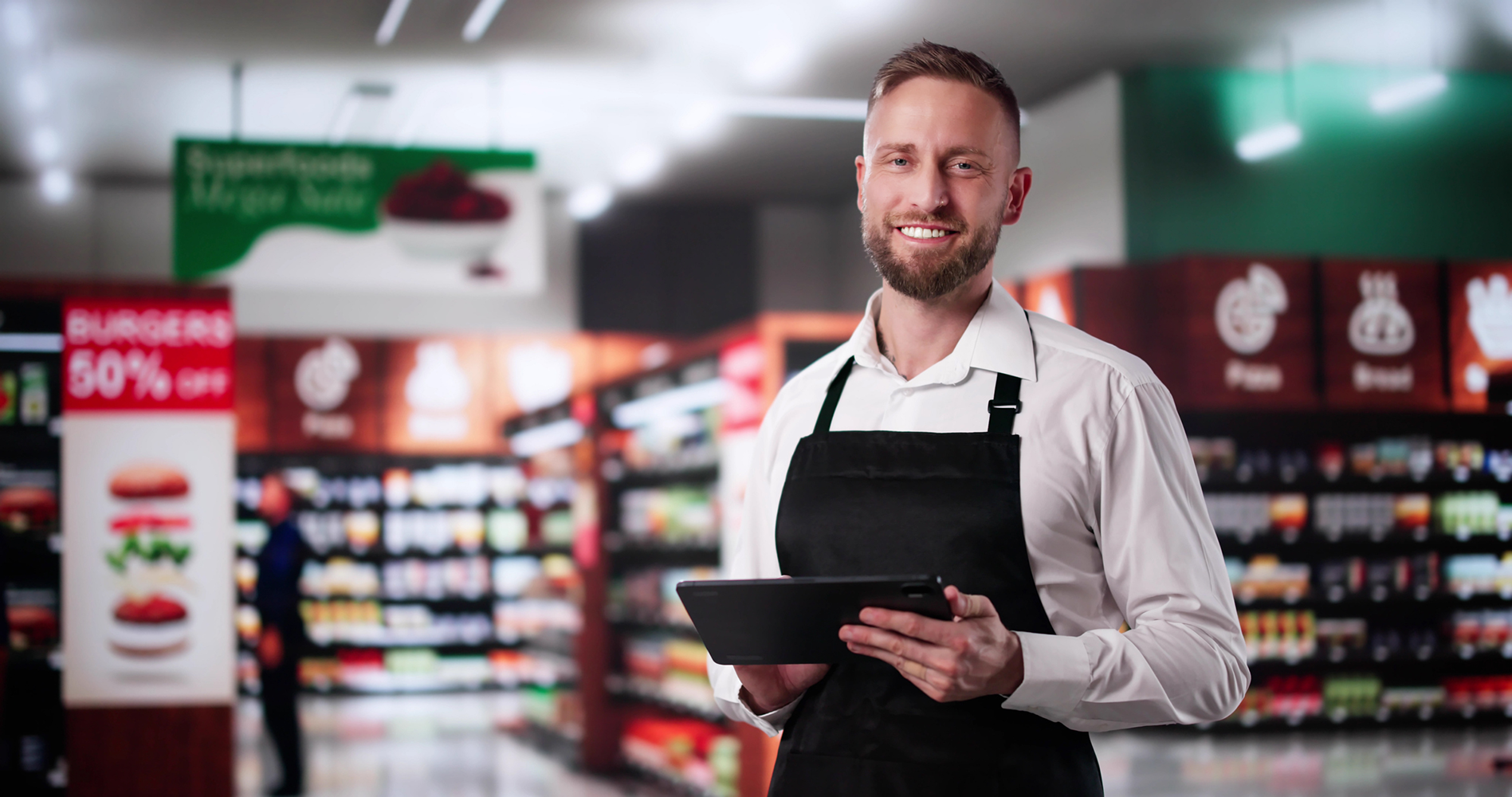
By Ryan Ashton

Being a restaurant manager is a difficult job. Imagine having to simultaneously act as staff manager, inventory keeper, food quality overseer, PR expert, bookkeeper, customer relations manager, advertising strategist, and probably a dozen other roles we’re forgetting.
It’s fast-paced and high-stress while requiring a special blend of skills and personality traits (most importantly, staying cool under pressure). To help avoid some universal pitfalls, we’ve compiled a list of the key things great restaurant managers avoid.
#1: Treat their employees unfairly
Being a poor-mannered restaurant manager leads to constant staff turnover and a bad reputation amongst food service workers in your community. Word spreads fast. Don’t be unfair, unkind or overwork your employees, because the return will be a lack of loyalty. No restaurant can survive without dedicated, talented staff.
#2: Overstuffing the menu
Offering a lot of items on a menu may seem like a good idea, but it can actually lead to decision paralysis which in turn hurts sales.
Having to read a menu the size of a book is also going to delay their ability to decide, delay ordering time, and generally prolong the entire process. You want to get your customers happy and fed as soon as possible—not to rush them, but because they’re there to eat and relax rather than feel confused and overwhelmed by too many choices.
#3: Over-relying on regulars
For a restaurant manager, it might be tempting to cater your hours, menu choices, staff hires and even decor to your most loyal customers. People who are there week after week usually like their experience a certain way and count on you to provide it. But you need to keep most of your marketing budget focused on acquiring new customers. If you focus on increasing new customer retention rates by 5%, your profits will increase by 25-95%. It’s important to always make more customers regulars.
#4: Arguing With customers
The phrase “the customer is always right” should have been first coined by the restaurant industry. Even if you think they’re wrong, arguing with a customer about why their food was actually cooked correctly, not offering compensation when there was a customer service mistake, or being rude are all lose-lose situations. There is no satisfaction in being right if you send away a disgruntled customer who writes a scathing review and tells all their friends and families to never, ever dine with you.
#5: Having a clunky, outdated website
Just as customers are prone to visit Yelp.com to see how your restaurant rates on food, ambience and service, they’re also likely to Google your website. In this on-demand world, customers like to see what’s on offer before making an in-person visit. If you don’t have a functional, easy-to-use website you’re losing potential new customers.
What to keep in mind for creating a website customers want:
- An accessible online menu (very, very important)
- Hours and locations are prominent and easy to spot—especially on mobile
- No outdated website from 2005 and no broken links. Make sure your website reflects the ambiance of your restaurant.
#6: Ignoring cybersecurity
Consider this: if your restaurant offers free WIFI that’s going to be hosted on the same network as your POS system, it leaves you vulnerable to hackers looking for a way into your accounts. If you’re going to offer public WIFI, make sure it’s on its own dedicated server. And speaking of your POS, make sure you have the most current updated version at all times and that the one you have is meeting your needs. It’s the backbone of your business.
#7: Listing dollar signs on the menu
Sounds nit-picky, we know, but studies have shown that customers would much rather see a plain number next to a menu item than even a single dollar sign anywhere on the menu. A study by Cornell University revealed that diners spend 8% more when dollar signs are removed. Also, adding zeros makes customers subconsciously think that items cost more. Weird, but true.
#8: Neglecting in-venue opportunities
You’ll notice that most successful restaurants advertise both their food specials and events in various ways. A sign near the entrance or hosting table, a sandwich board propped up outside on the sidewalk, on their website, on a coaster at the bar, signage in the bathrooms, laminated or paper brochures at the table, in the wait staff’s customer spiels—you get the idea.
A good restaurant manager knows to maximize the customer’s time in the restaurant by making them aware of things like your Wednesday ½ Price Wine Happy Hour, or Friday Trivia Night or BOGO food special. Find more ideas here.
#9: Ignoring trends
While you want to stay true to your niche and not try to be everything to everyone, you can have an evergreen offering while also offering seasonal specials that incorporate new food trends. Make sure to experiment with new things you’re seeing in the restaurant industry, whether that’s a customer loyalty program or social media contests. You’ll stand out more by taking risks and being the first to move on a trend instead of copying the restaurant down the block.
#10: Not paying attention to social media
Speaking of trends, brands representing themselves on social media is one that’s not going to go away anytime soon.
If you’re a restaurant manager that dabbles and only updates when you debut a new menu item, you’re missing out on the chance to stay top of mind with your current customer base. Posting mouthwatering food creations daily on Instagram is a great way to tempt new and old customers to stop by—especially if you’re also advertising social media-only discounts and specials.
Keep in mind popular hashtags, especially on Instagram, and always include your location so you get the right customers.


